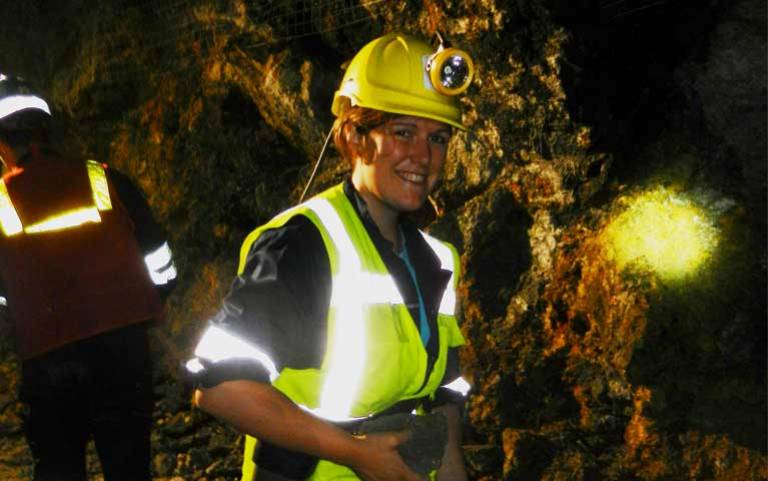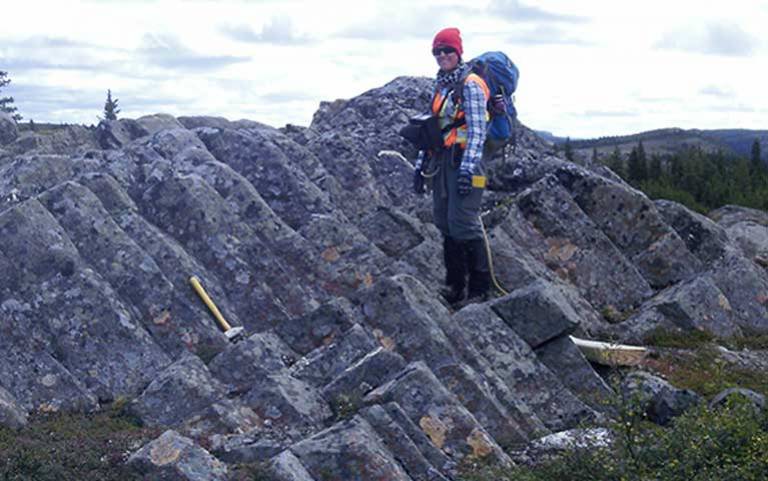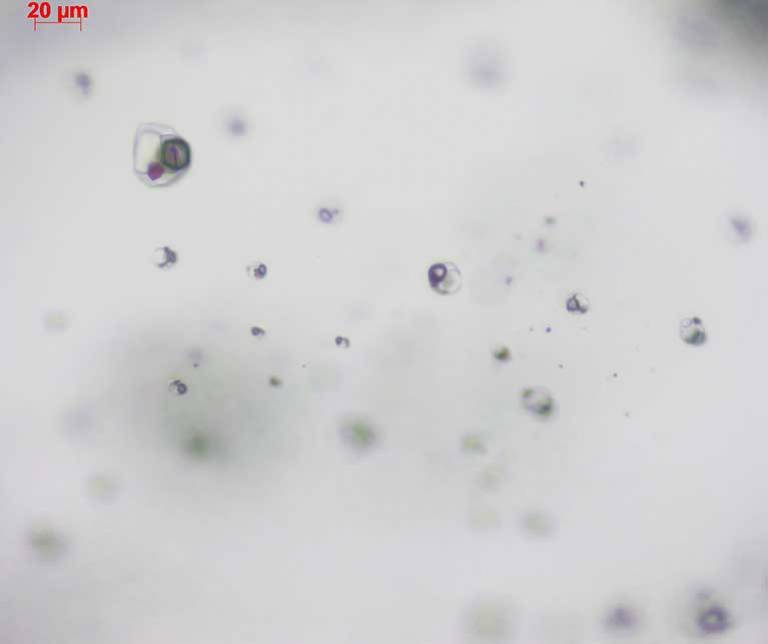Meet the Staff: Dr Katie McFall
30 June 2022
I am a field geologist, petrologist and geochemist who specialises in economic geology and helping find sustainable supplies of the resources society will need for a zero carbon future.

I have been fascinated by mining and mineral resources ever since a fieldtrip to an abandoned gold mine during my degree. This passion has continued through my PhD and postdoctoral research until today where I work with mining companies to find sustainable supplies of metals needed for green technology. Society depends on metals and other earth resources, particularly as we transition to a zero-carbon future. Green technology requires many different metals, some of which are not currently mined in enough quantity to meet future demand from technologies like electric cars. Finding large enough supplies of these metals is a challenge, as is extracting them in a sustainable, environmentally friendly and socially responsible way. My research helps to understand how mineral deposits form and then uses this to gain a better understanding of earth processes and to advise mining companies on the most efficient ways to find and extract metals.
Most metals are only present in minuscule amounts in the average rock and the processes needed to concentrate these metals into a mineable deposit are complex and vary from metal to metal and even mine to mine. As an economic geologist I try to understand these processes, which I do through field work (my favorite bit!), detailed mineral identification and a wide variety of geochemical lab techniques. This variety is one of the reasons I love this field – my career has taken me from mines in South Africa to being bitten to death by midges in the Canadian Arctic to drilling the seafloor on the mid-Atlantic Ridge (more on the Project Ultra).

Caption: Some beautiful cooling columns at the top of a nickel-bearing layered intrusion in the Labrador Trough in Northern Canada.
“I am fascinated by what happens when very hot fluids, such as salty water and carbon dioxide, interact with molten rock and metals deep in the earth.
These interactions are really important not just to concentrate metals, but also in forming the earth’s crust and in other igneous processes. For example, I am currently working with a company in South Africa to understand how very hot (>800°C!) water helped concentrate metals in the world’s largest layered igneous intrusion, and largest source of platinum, the Bushveld Complex.

Caption: Fluid inclusions in a copper deposit - these tiny bubbles have preserved gold-carrying salty water from 20 million years ago.
I study these fluid-melt interactions by looking at fluid and melt inclusions. These are tiny bubbles of water, gas or melt which were trapped while a rock formed. These act as a time capsule, preserving the ancient fluid and melt and allowing me to see what conditions they had and if they might have been carrying metals. I have just set up a new fluid inclusion lab here at UCL and am looking forward to examining inclusions from a variety of environments on our new kit - if you are interested in collaborating or would like to find out more about my research please get in touch.
Links:
- Dr Katie McFall's academic profile
- Searching for metals for green technology at the bottom of the Atlantic Ocean.
 Close
Close

